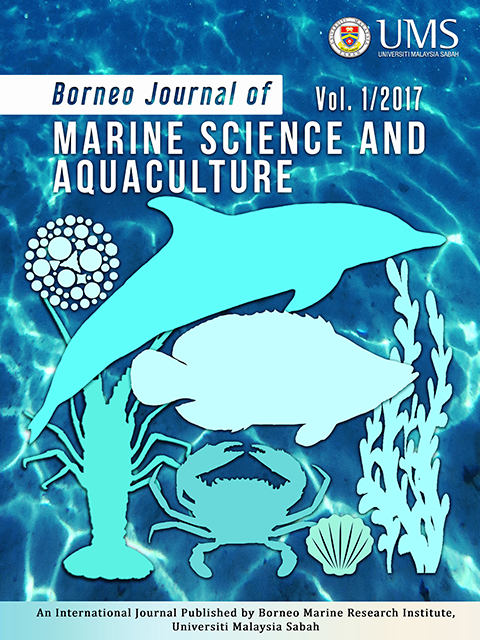Taking stock of mangrove and seagrass blue carbon ecosystems: A perspective for future carbon trading
DOI:
https://doi.org/10.51200/bjomsa.v1i.994Abstract
Seagrass and mangroves support a number of ecosystem services, such as sustaining marine fisheries, water clarity, and the protection of shoreline from erosion. Producing a national and global consensus of their total worth is a challenge. More often than not the variety and distal evaluation approaches do not fit comfortably within current market-based economic models, which are arguably more capable of swaying government policy in assessing their preservation over economic development. The exception to this rule is the increasing recognition of the importance of these systems as a carbon sink for combating ‘greenhouse’ gas emissions. In response, these sinks have been labelled as ‘Blue Carbon, a rhetorical tool to distinguish them from terrestrial and ocean sinks, and the different approaches they would require for conservation. However, there are a number of knowledge gaps, untested underlying assumptions, and measurement practicalities in assessing an accurate value of carbon sequestration and storage. Unless these are addressed, then the push for seagrass and mangroves to be included within the carbon-financing network may not be successful. This short communication discusses the limitations of the current blue carbon conceptual model, and provides recommendations for a more limited but robust submission of its present and future worth, required for carbon financing.Downloads
Published
2017-12-11
How to Cite
Gallagher, J. B. (2017). Taking stock of mangrove and seagrass blue carbon ecosystems: A perspective for future carbon trading. Borneo Journal of Marine Science and Aquaculture (BJoMSA), 1. https://doi.org/10.51200/bjomsa.v1i.994
Issue
Section
Articles






